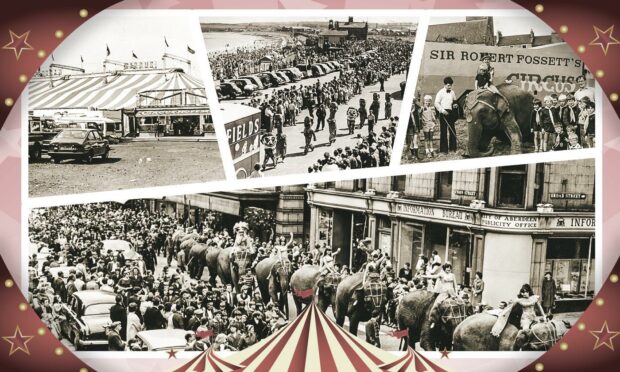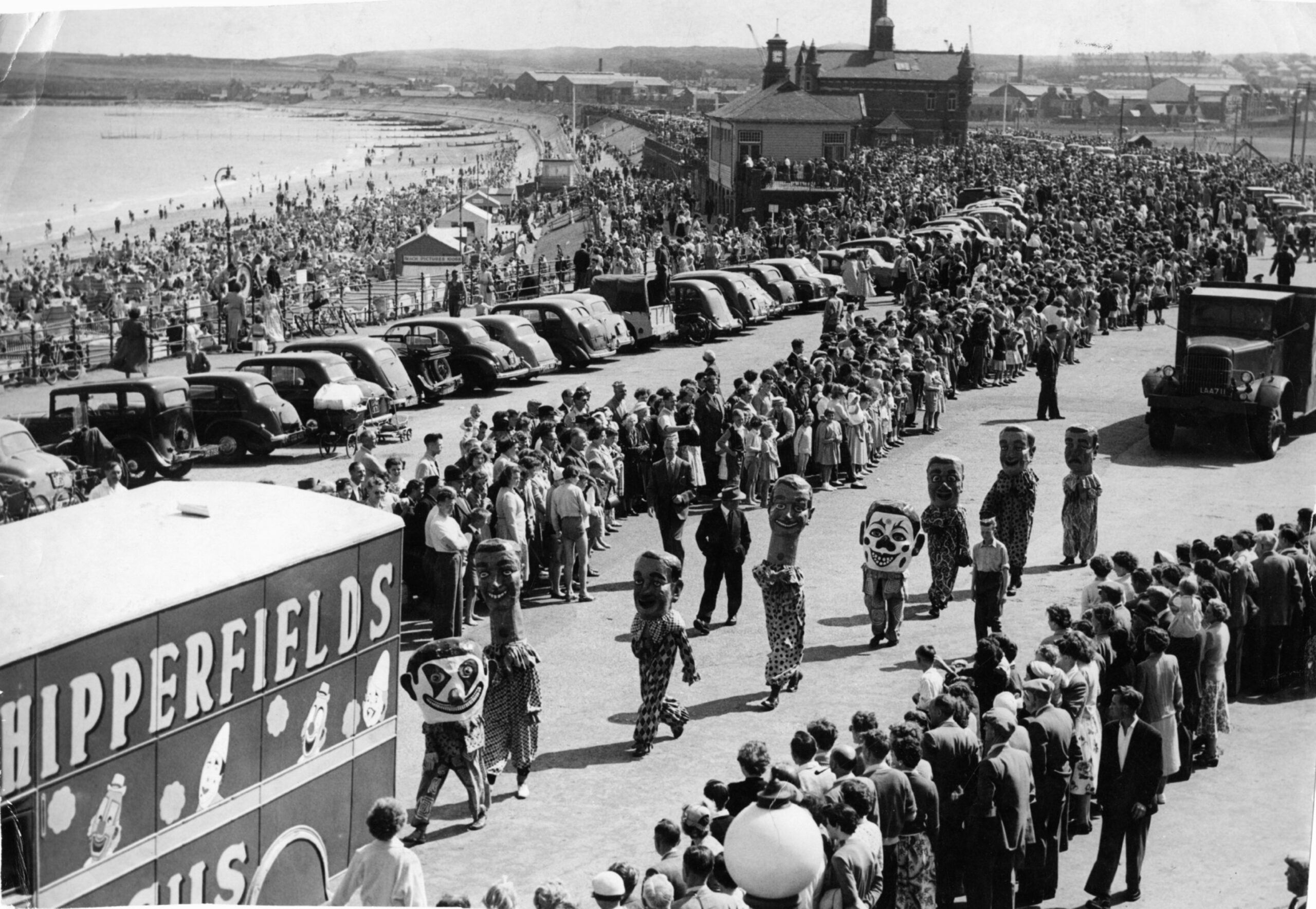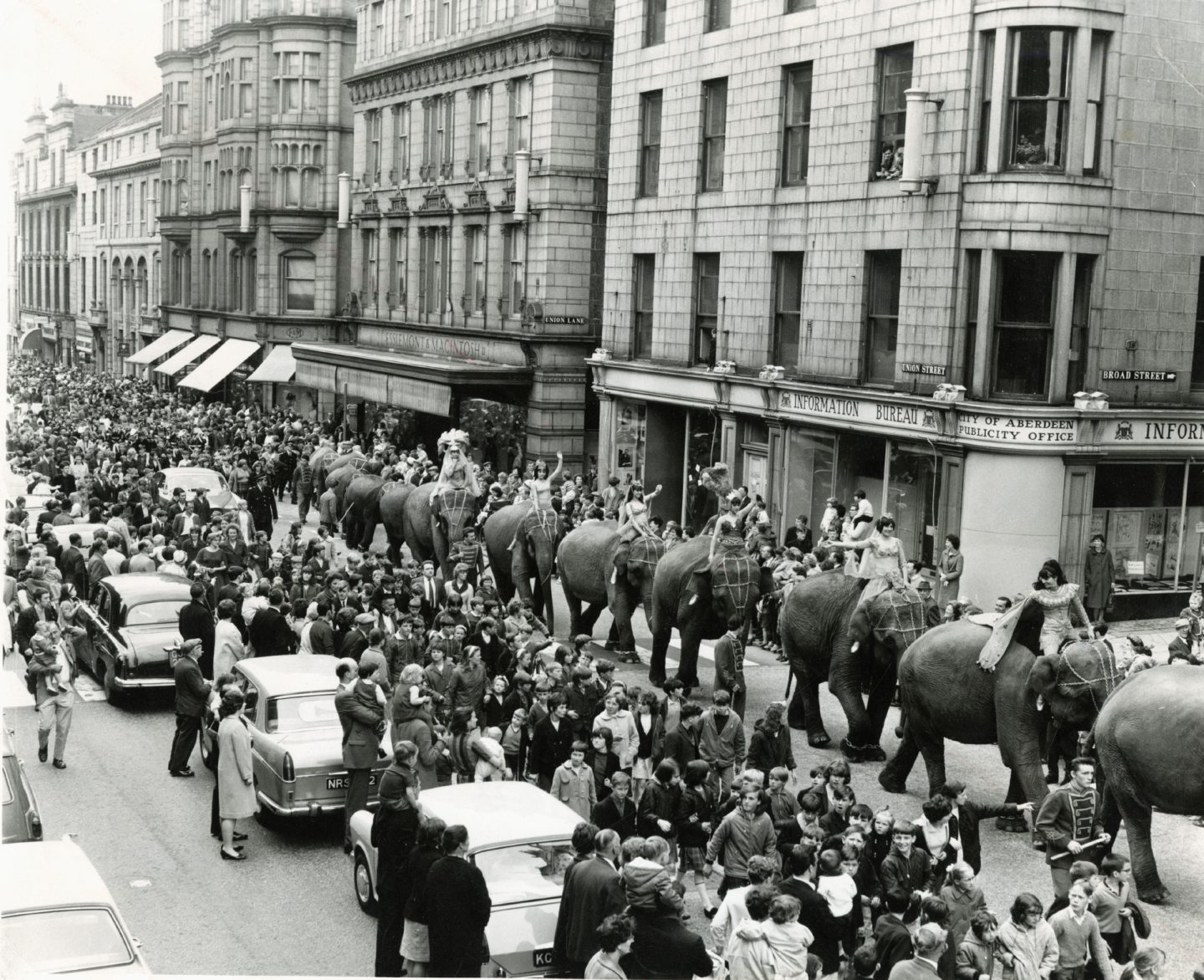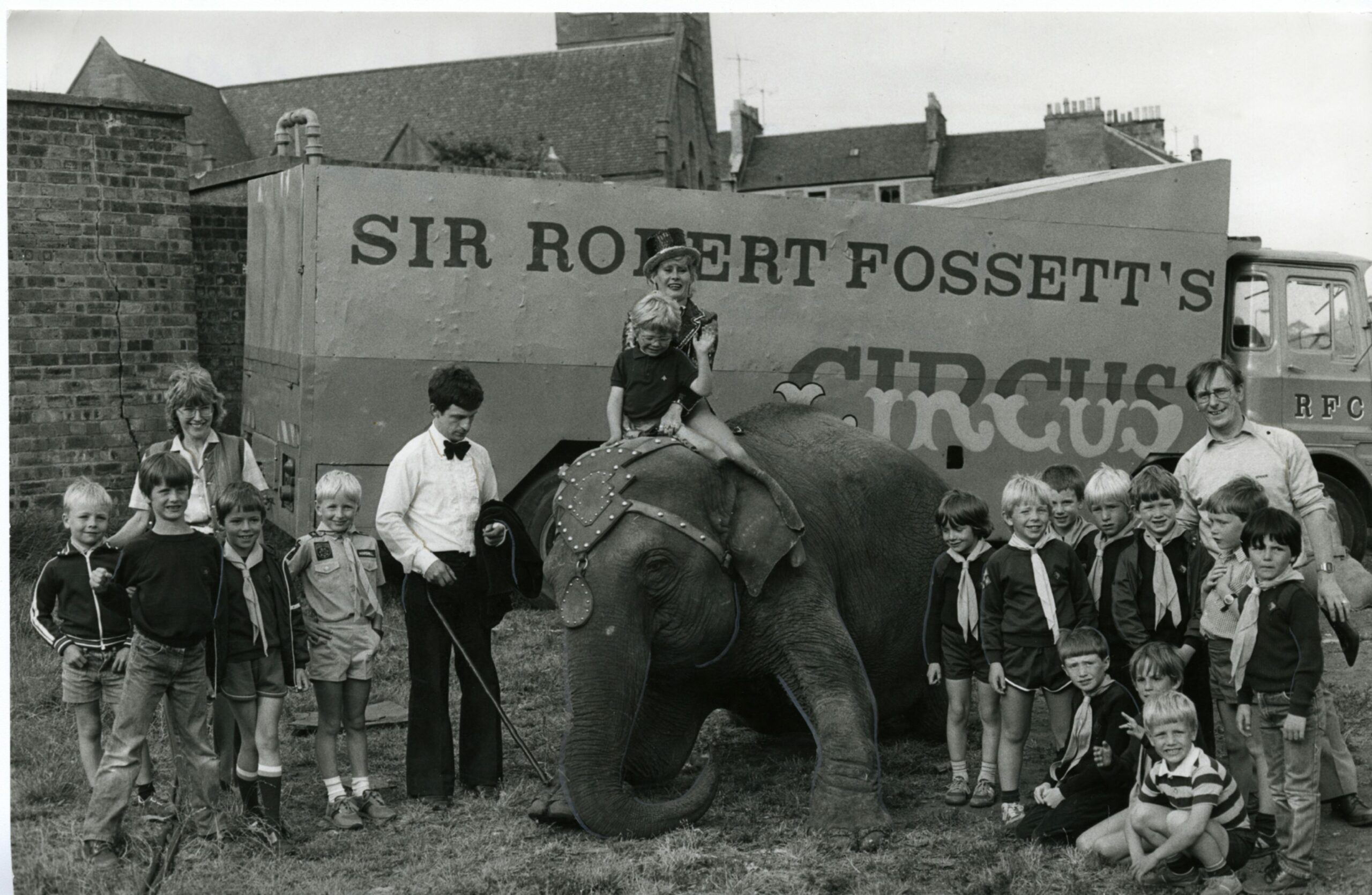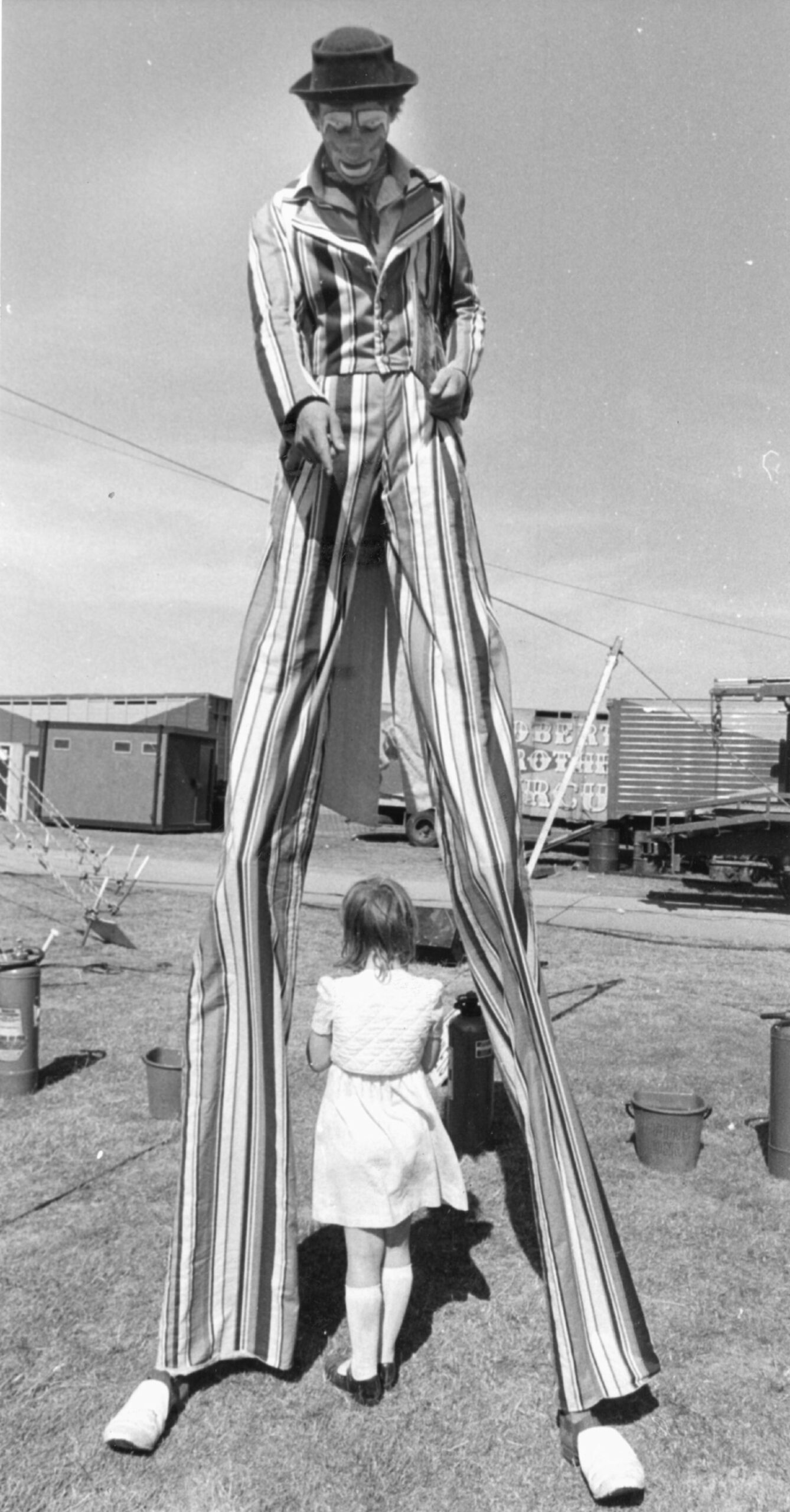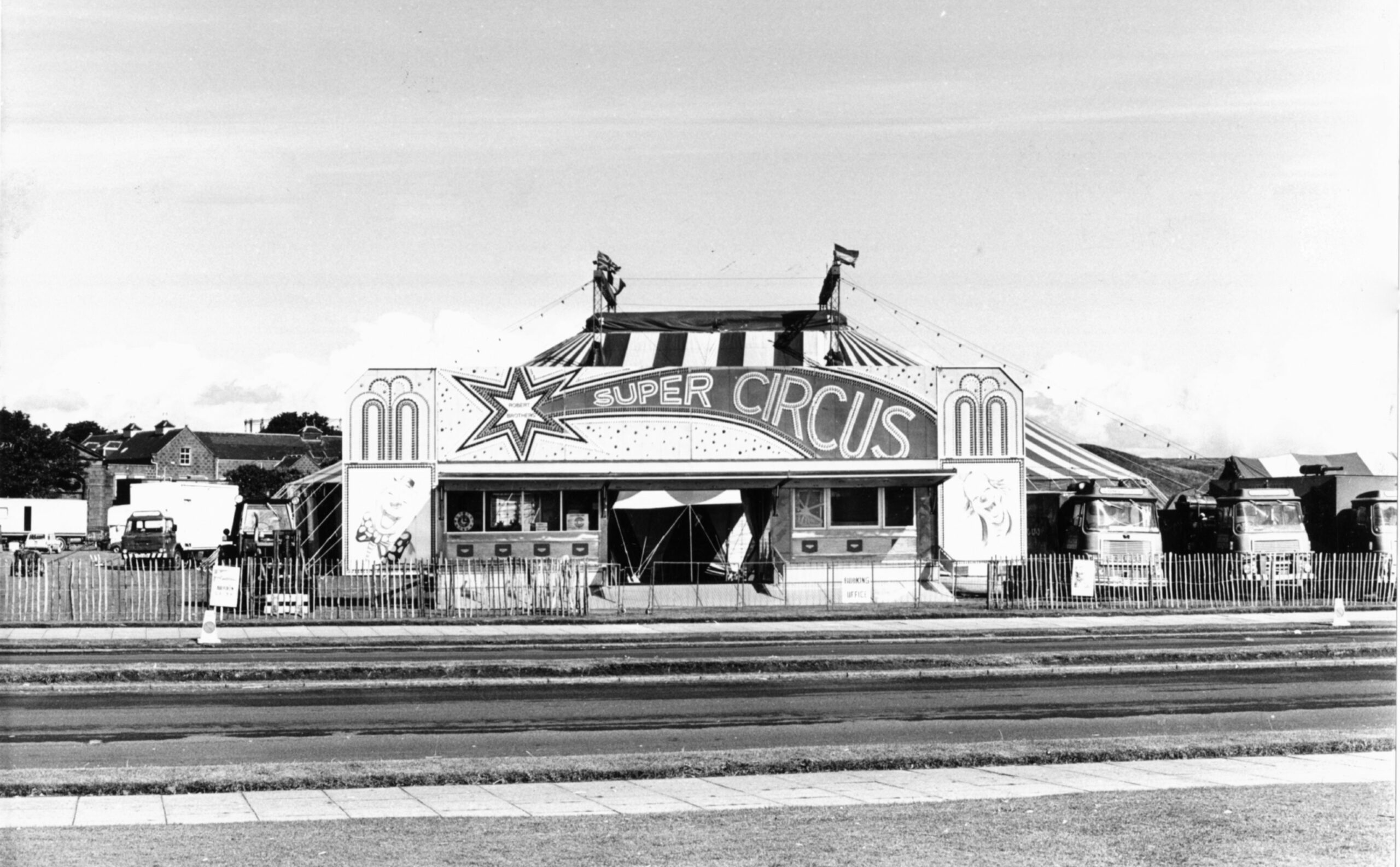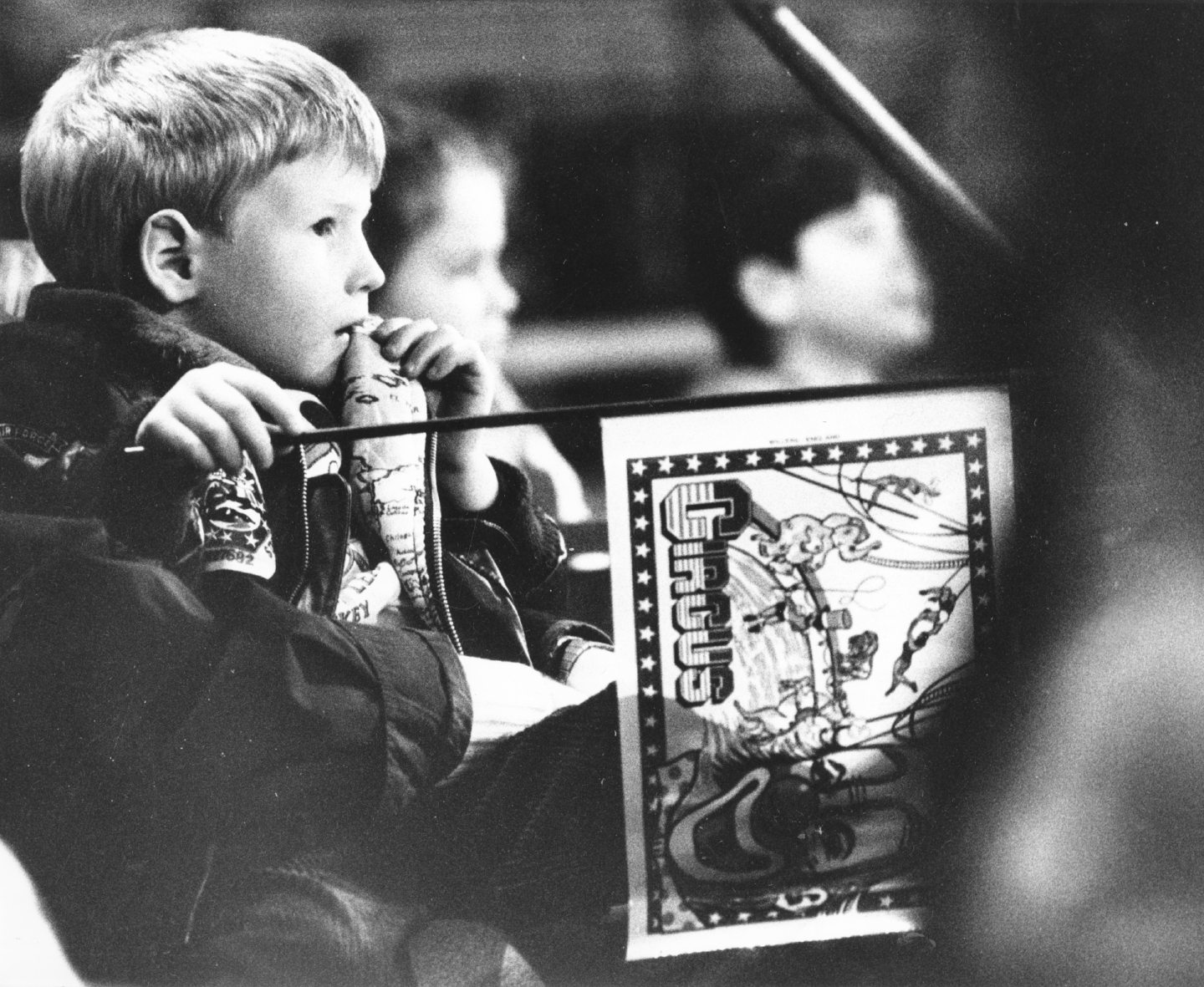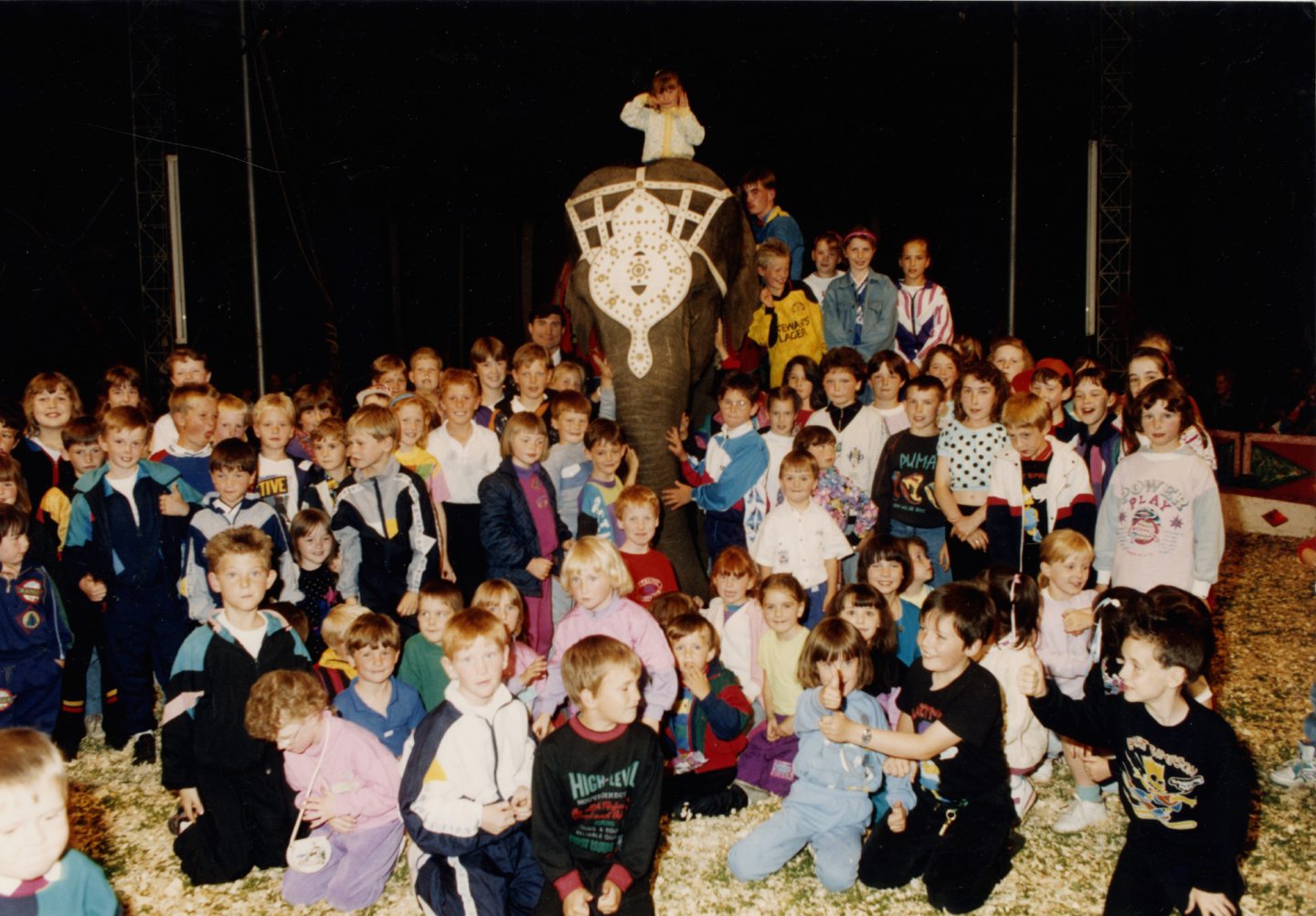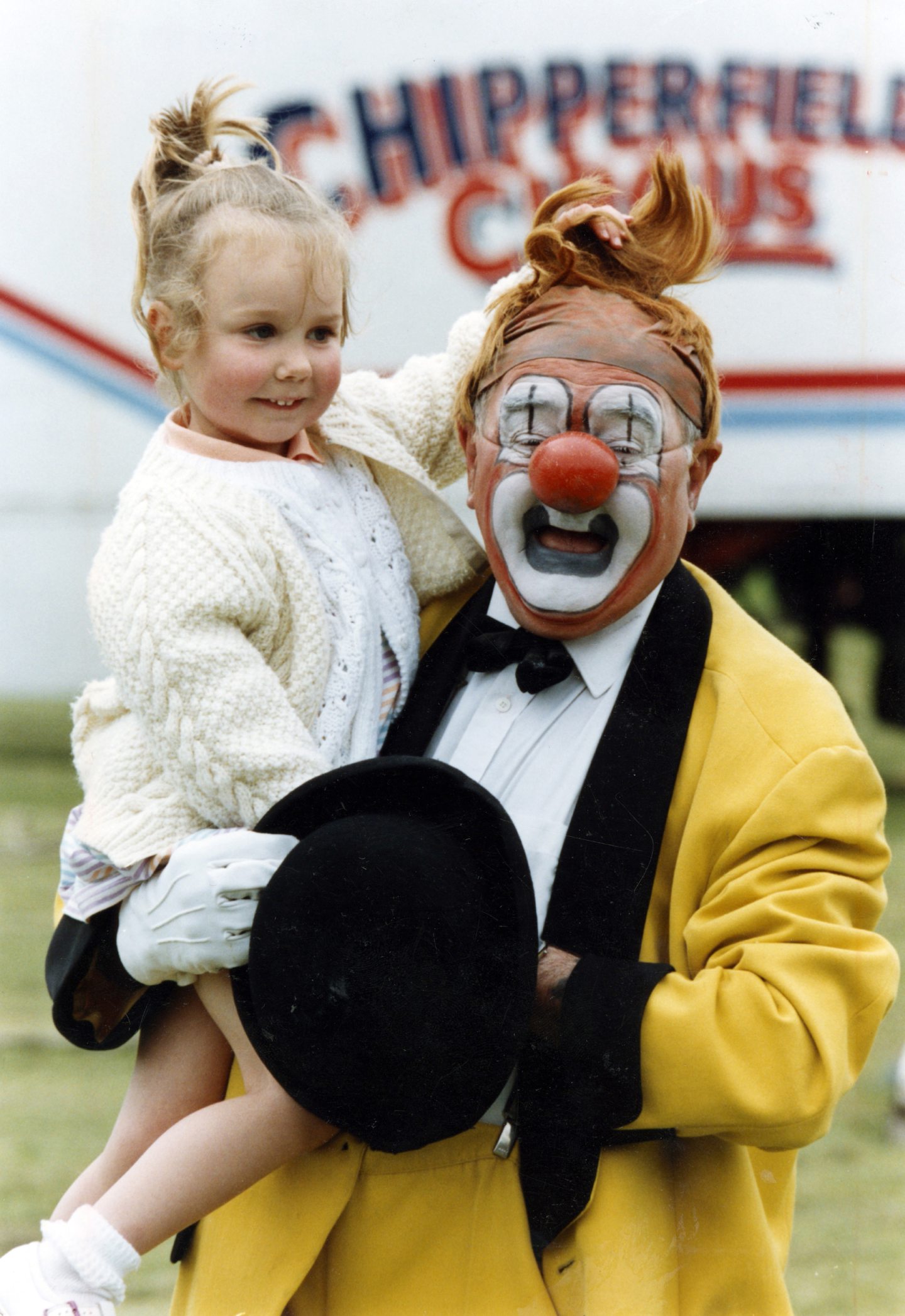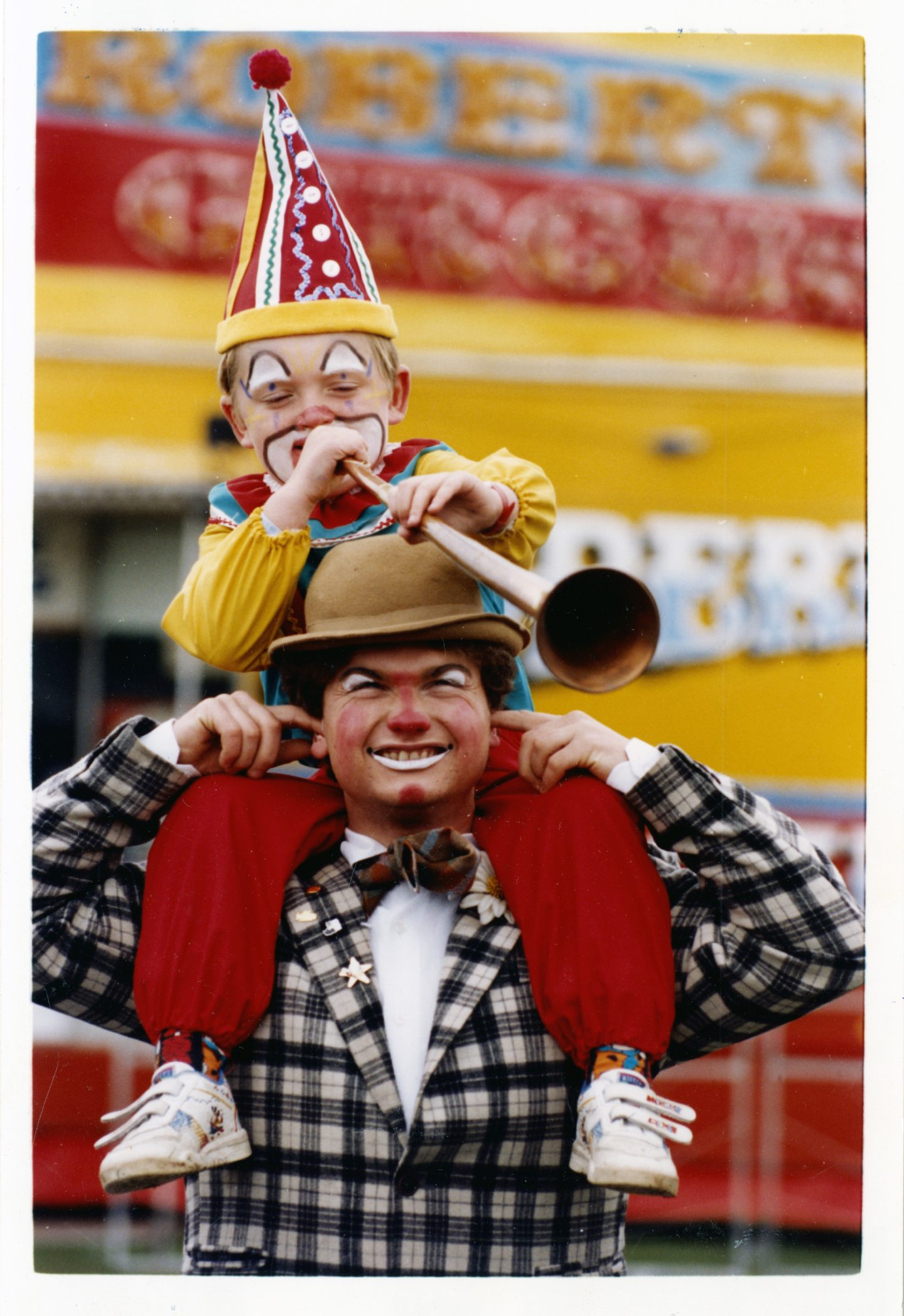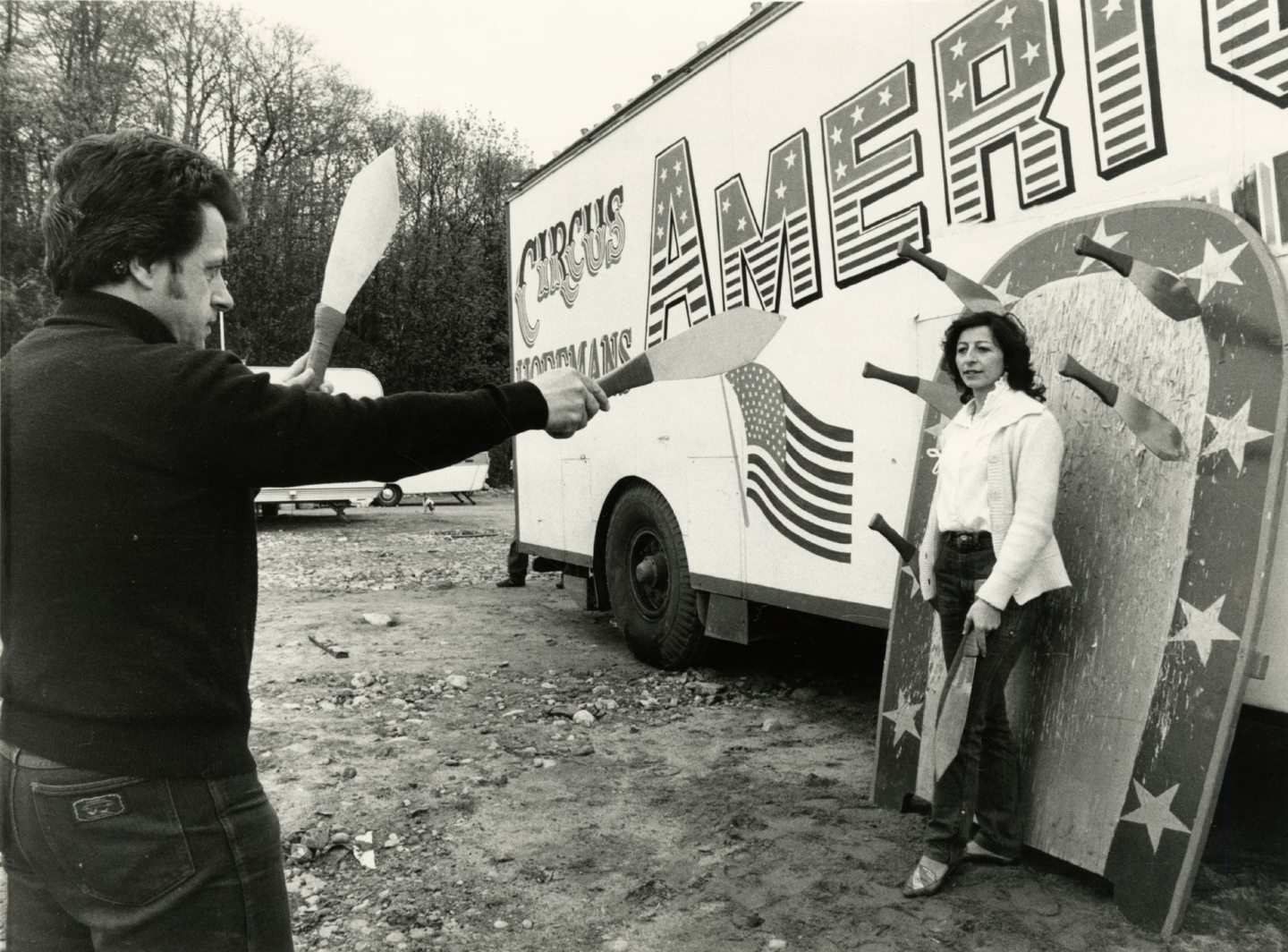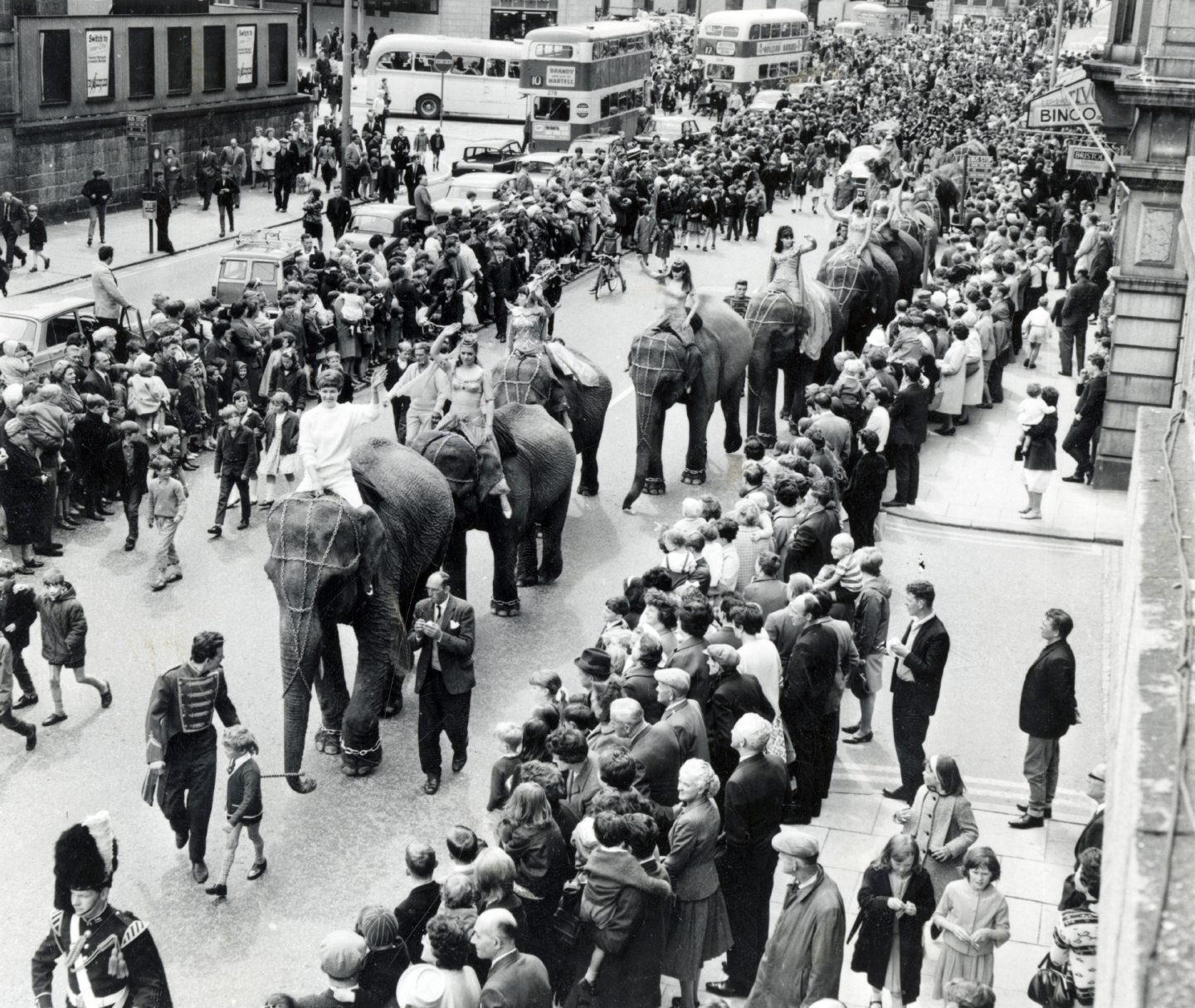Audiences crammed into tents to witness colourful displays and amazing feats when the circus was a major form of entertainment in Aberdeen.
Huge touring shows used to arrive in the Granite City in style, unpacking canvas tents and wild animals from the trains that carried them around the country.
The old-fashioned travelling circuses including Bertram Mills’, Robert Brothers, Chipperfield’s and Fossett’s used to pitch up in parks and public places, and always brought a large menagerie of animals as the highlight of their performances in the city.
Aberdonians and summer visitors to the Granite City were enthralled by the cowboys and clowns, acrobats and elephants who paraded through the streets towards the big top in the Seaton area, which was their home for a short time.
If it engendered excitement among the adults who lined the route, children looked on, open-mouthed in amazement as animals seen only in picture books or on the Pathe News at their local cinema were actually there in front of them.
Many youngsters were so thrilled by the excitement and spectacle that they dreamed of running away with the circus.
Attitudes, rightly, started to change in the mid-1980s.
Pressure increased on animal circuses.
Battle lines were drawn by the Aberdeen Animal Rights Group.
Back in 1984 the group held a 12-hour vigil outside Marischal College.
The demonstration moved on to the big top at Fossett’s Circus at Queen’s Links.
It had just arrived in the city for a four-week season but protestors said animal circuses constituted “the abuse of majestic animals” and called for a ban.
Animal rights supporter Andrew Flett from Aberdeen broke it down further.
“These animals are deprived of their natural lifestyles and instincts and are sentenced to a life of performing unnatural tricks,” he said.
“The circus is fun with its acrobats, jugglers, trapeze artists and, of course, the clowns.
“These are human performers. Surely we do not need animals to add to the enjoyment.
“Aberdeen Animal Rights, which I support, do not wish to see the end of the circus, only the end of the cruel use of animals. Many councils up and down the country have ceased to allow circuses with animals to use their land.
“Should not Aberdeen consider taking such similar action?”
Fossett’s hit back at the protestors and stressed its animals were kept in tip-top condition and were given “the absolute best”.
A circus spokesman said: “We love them as love our own children. There is no such thing an ‘all-human circus’. That is a variety show.
“The circus is animals.”
Time was running out for animal circuses by the 1990s.
Aberdeen later imposed a ban on performing animals in 1993.
However, the ban only applied to performances on council land.
Chipperfield’s appeared in the city anyway in 1993 to the shock of the locals after escaping the ban by instead setting up on scrubland near Seaton.
The circus advertised use of several animals including elephants, horses, tigers and crocodiles.
But the council was powerless to stop the show.
Chipperfield’s spokesman Tony Hopkins said: “The north-east is a particularly good area for circuses and I hope people do not look at any negative angle.
“Our shows are not just about animals, but if people don’t want to see animals performing they can vote with their feet and not come along – it’s as simple as that.”
Circuses themselves made a conscious decision to remove animals from shows because of strict regulations as well as changing public sentiment.
The appetite for watching animals performing has vanished in the 2000s.
While travelling circuses have been regular visitors to the city in recent years, the stars of the show have certainly changed and now feature an all-human cast.
There was talk in 2006 of a Scottish National Circus being established in Aberdeen to teach circus showstoppers of the future this unique learning experience.
Bosses at Billy Smart’s Circus – which was running at the AECC – wanted to teach skills to home-grown talent like juggling, flying trapeze and clowning.
Bernie said: “Somewhere like Aberdeen, which has plenty of space and opportunities for a school like this, would be great.
“Aberdeen is a nice, fresh place where we could really see this happening.
“Some people are born into the circus life. There are a few schools abroad with the likes of the Moscow or Hungarian State circuses.
“And there are a couple of places in London where people can learn some of the skills, but it is all a bit haphazard.”
Sadly nothing more was heard of the school where it would pay to be a class clown!
Circuses may have been decreasing in size since the days of performing animals, but they have certainly not decreased in popularity in Aberdeen.
Long may they continue to roll up in the Granite City!
More like this:
From cheeky chimps to porcupine Houdinis… the wild history of Aberdeen Zoo is revealed
